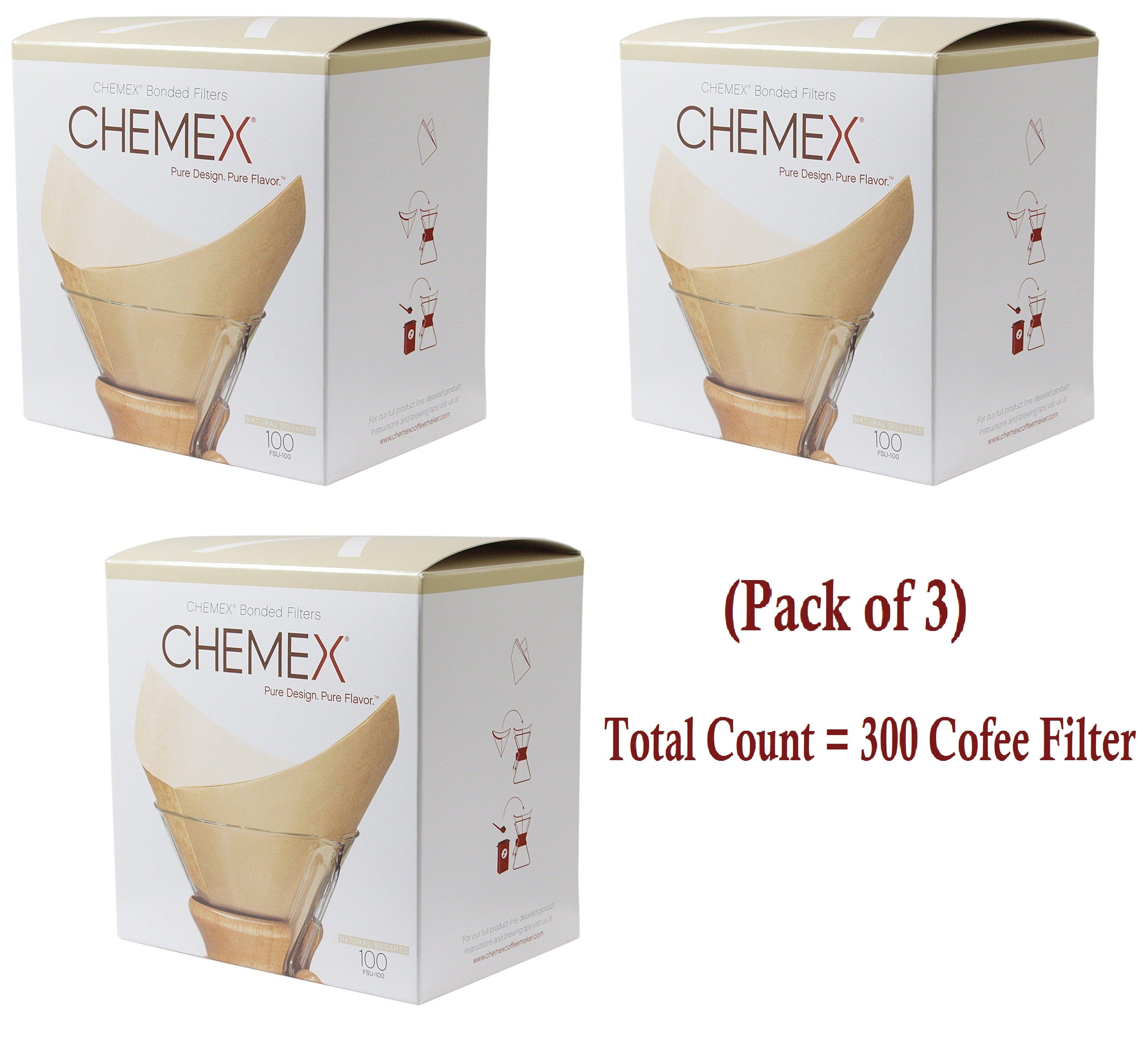

Somebody said it reminded him of “a thrift store in Eugene, Oregon.”Ĭhoose an oxygen bleached filter, like the Melitta white, Chemex or Hario V60. The coffee had a noticeable finish that was a bit like a wet wool coat. The Sock cloth filter imparted the strongest flavor, and let us tell you, it wasn’t pretty. The V60 coffee was bright and very crisp with high citrus notes. The Hario V60 filter was grassy at first taste, but rinsed clean on the second pass.

This filter imparted a papery flavor to the coffee, with a very noticeable dryness. The natural Melitta filter imparted a notable woody sweetness after the first and second rinse.

This cup was a bit heavier with a fuller texture, and no notable paper flavor. The Oxygen Bleached Melitta filter had little residual paper taste when rinsed. The Chemex cup of coffee had a thinner texture, brought out the floral notes, and a bit of dryness in mouthfeel. The Chemex filter itself was the cleanest and the most neutral. So we brewed all the coffees the same way through each filter to taste the difference. Our second experiment was to taste coffee poured and brewed through each filter. Then, we poured water through a second time to find what was being imparted into your coffee after you rinse your filters.īarista tip: you should always rinse your filter before you brew! This rinses out the paper taste and dust and warms up your brewer. To do this, we knew we needed to isolate the filter from the brew method.įor our first experiment, we poured water through the filters to see what the paper tasted like. Spoiler alert: It does.įirst, a bit about our experiment – one of our main objectives here was to find out how much the filter alone affects the taste of the brew. So we decided to do a little coffee filter tête-à-tête with our Coffee Education team to find if a filter affects the final outcome in a cup of coffee. We are huge fans of filtered pour over coffee around here – and we’re big on experimentation, too.


 0 kommentar(er)
0 kommentar(er)
